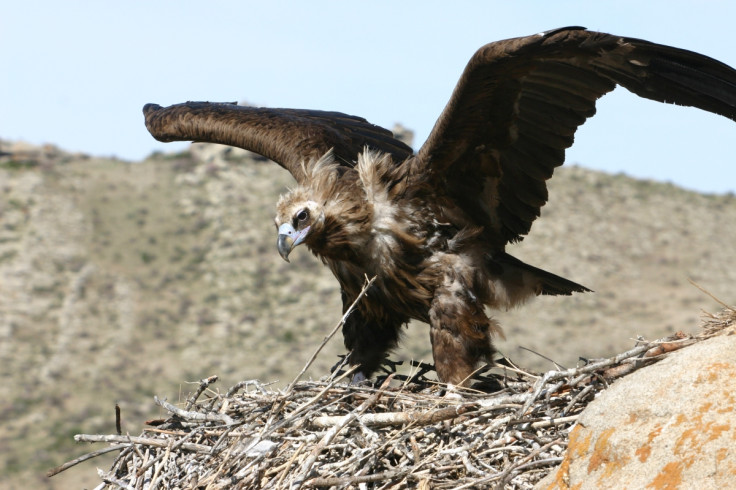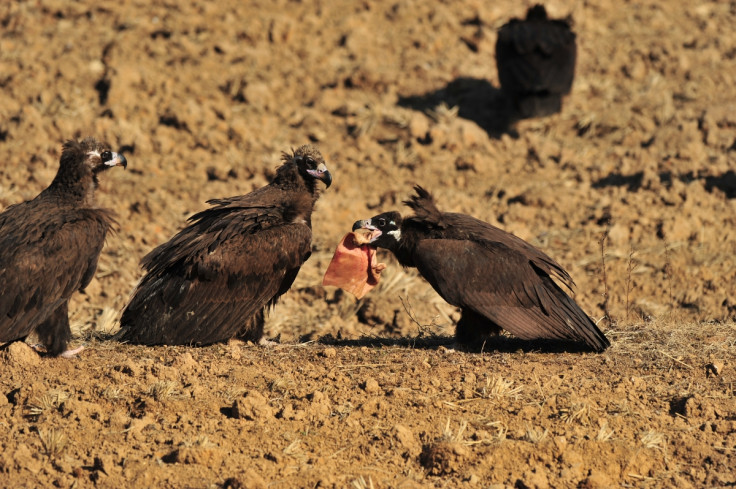How vultures feast on rotting carcasses without getting ill from pathogens

Vultures are able to feast on rotting carcases without getting ill as a result of their unique genetic make-up, scientists have discovered. By studying the Eurasian vulture genome for the first time, researchers were also able to determine that the species is far more closely related to the North American bald eagle than had previously been thought.
Vultures live on dead flesh. They play a vital role removing these decaying carcases as it prevents the spread of disease. However, it also means they are constantly being exposed to pathogens through their diet.
The team, from the Ulsan National Institute of Science and Technology, South Korea, sequenced the genome of a cinereous vulture and compared it to that of the bald eagle to find genetic signatures of the dietary and environmental adaptations it has that allows it to feast on decaying flesh.
It had long been thought vultures must have strong immune systems, with them evolving mechanisms to stop infection. But little research has been conducted into the genetic variations of their immune processes.
Researchers found vultures have variations in the genes relating to the regulation of gastric acid secretion. This is consistent with the ability to eat rotting meat. They also have variations relating to immunity and defence against viral and microbial infections – including genes that allow cells to target pathogens of ingestion and elimination.

Jong Bhak, lead author of the study published in the journal Genome Biology, said: "This is the first Old World vulture genome that has been reported, and we can see that the cinereous vulture has genetic signatures for resisting infection from eating decaying flesh. Understanding the genetic make-up of extreme life forms has potential for improving human health. The immune system genes we've identified could be useful targets in humans for protection against infection."
Along with these findings, the team also showed the differences between Old World vultures (found in Africa, Asia and Europe) and New World vultures (found in the Americas). The genome analysis showed Old World species split from the New World 60 million years ago.
However, the Old World cinereous vulture species only diverged from the North American bald eagle around 18 million years ago. Co-author Oksung Chung said: "We were surprised that the cinereous vulture was so closely related to the bald eagle, compared to the more similar-looking turkey vulture in our analyses."
Co-author Yunsung Cho added: "The cinereous vulture appears to be somewhere in between a vulture and an eagle, and we could even regard it as a 'cinereous eagle' genetically speaking."
© Copyright IBTimes 2025. All rights reserved.






















